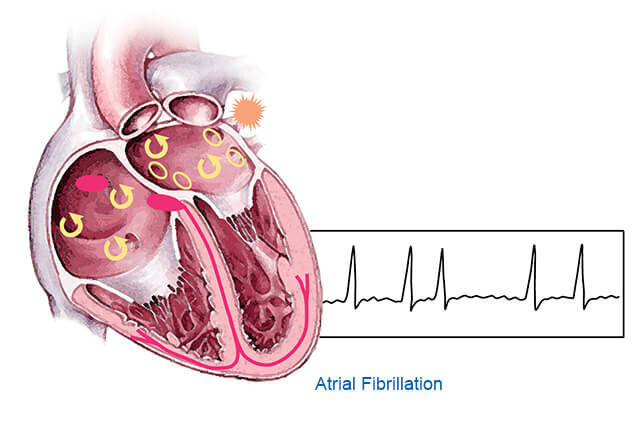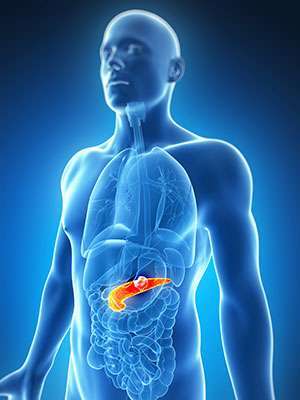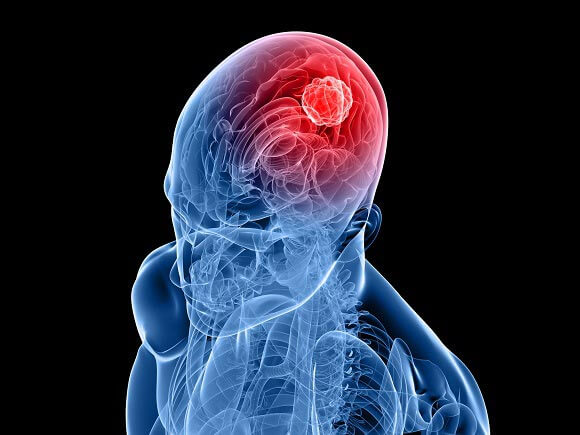
Type 2 diabetes is a condition that affects 462 million people worldwide, making it not only the most common type of diabetes but also one of the most common health conditions. If you have type 2 diabetes, your body can’t process sugars (glucose) from food correctly. Your pancreas makes insulin, a hormone that helps glucose get into your cells so that you can use it for energy, but with type 2 diabetes, your pancreas doesn’t make enough insulin or use it efficiently. Because your body then can’t process the glucose correctly, you end up with high blood sugar levels. [NIDDK]
Type 1 and type 2 diabetes are two distinct illnesses. Type 2 is more likely to affect older adults, usually developing in people over the age of 45. One of the good things about type 2 diabetes is that it’s highly treatable. Many people with type 2 diabetes find that medications and lifestyle changes can effectively lower blood sugar levels and improve pancreatic function. [NIDDK]
Causes and Risk Factors of Type 2 Diabetes
Type 2 diabetes develops when two things happen: Your pancreas makes less insulin, and your cells stop responding to insulin like they should. [CDC] When that occurs, you develop insulin resistance.
Being overweight puts you at risk of developing type 2 diabetes because extra weight sometimes causes insulin resistance. The location of body fat also plays a role, as researchers have linked extra fat in the stomach area to the condition.
Genetic factors can impact your chances of developing type 2 diabetes, too. The disease runs in families, and people who belong to certain racial or ethnic groups are more likely to develop diabetes:
- African Americans
- Hispanic/Latinos
- Native Hawaiians
- Alaska Natives
- Pacific Islanders
- American Indians
- Asian Americans [NIDDK]
Genetic mutations can also cause type 2 diabetes, as can other conditions, including Cushing’s syndrome, hyperthyroidism, and acromegaly. [NIDDK] Additionally, any damage to the pancreas makes it more likely that you’ll develop this disease.
Some medicines can potentially impact how your body processes insulin and sugar, including several anti-seizure drugs, psychiatric drugs, and drugs that treat HIV. [NIDDK]
Symptoms of Type 2 Diabetes
The most common symptoms of type 2 diabetes are [NIDDK]:
- Fatigue
- Blurry vision
- Feeling more hunger
- Unexplained weight loss
- Increased thirst and urination
- Sores that don’t heal
- Tingling or numbness in your feet or hands
The symptoms often develop slowly, even over the course of several years, and they can be mild enough that you don’t notice them. [NIDDK]
Treating Type 2 Diabetes
Although there’s no cure for type 2 diabetes, you can manage symptoms with lifestyle changes and medications.
Oral diabetes medications, such as metformin, allow you to regulate the amount of glucose your liver creates. Some people may also need to take insulin, usually via injections, to manage blood sugar levels. [NIDDK]
Managing type 2 diabetes involves monitoring your blood glucose levels regularly using a blood glucose meter and taking steps to lower your cholesterol levels. This can also mean taking medications. If you smoke, you’ll need to quit. [NIDDK]
You may have to make significant changes to the way you eat. If you’re overweight, your doctor may recommend losing weight by following a meal plan low in trans fats, saturated fats, sugar, and salts. Limiting foods with high carb content is vital.
Regular physical activity is also important because exercise makes your body more sensitive to insulin while helping lower blood sugar levels, both of which help with managing diabetes.
There are also steps you can take to prevent type 2 diabetes. It’s best to stay at a healthy weight and be physically active. This involves making healthier meals and getting at least 30 minutes of physical activity five days a week or more.
Even if you develop prediabetes, you can still prevent it from progressing to diabetes by making healthy lifestyle changes.
Living With Type 2 Diabetes
It’s more than possible to live a healthy and happy life with type 2 diabetes. By staying in regular contact with your doctor and knowing your healthy blood sugar levels, you can take the necessary steps to stay within that range.
Even if you take medicines for the management of type 2 diabetes, you’ll still need to exercise and stick to a diet that is more focused on fruits, vegetables, and whole grains.
Properly managing type 2 diabetes allows you to start feeling like yourself once more. Consider reaching out to your doctor if you’re worried about any symptoms to get on the right treatment path today.
Resource Links:
- “Epidemiology of Type 2 Diabetes” via National Library of Medicine
- “Type 2 Diabetes” via National Institute of Diabetes and Digestive and Kidney Diseases (NIDDK)
- “Type 2 Diabetes” via Centers for Disease Control and Prevention
- “Insulin Resistance & Prediabetes” via National Institute of Diabetes and Digestive and Kidney Diseases (NIDDK)
- “Symptoms & Causes of Diabetes” via National Institute of Diabetes and Digestive and Kidney Diseases (NIDDK)
- “Metformin: Current knowledge” via National Library of Medicine
- “Diabetic Diet” via National Library of Medicine
- “Preventing Type 2 Diabetes” via National Institute of Diabetes and Digestive and Kidney Diseases (NIDDK)




